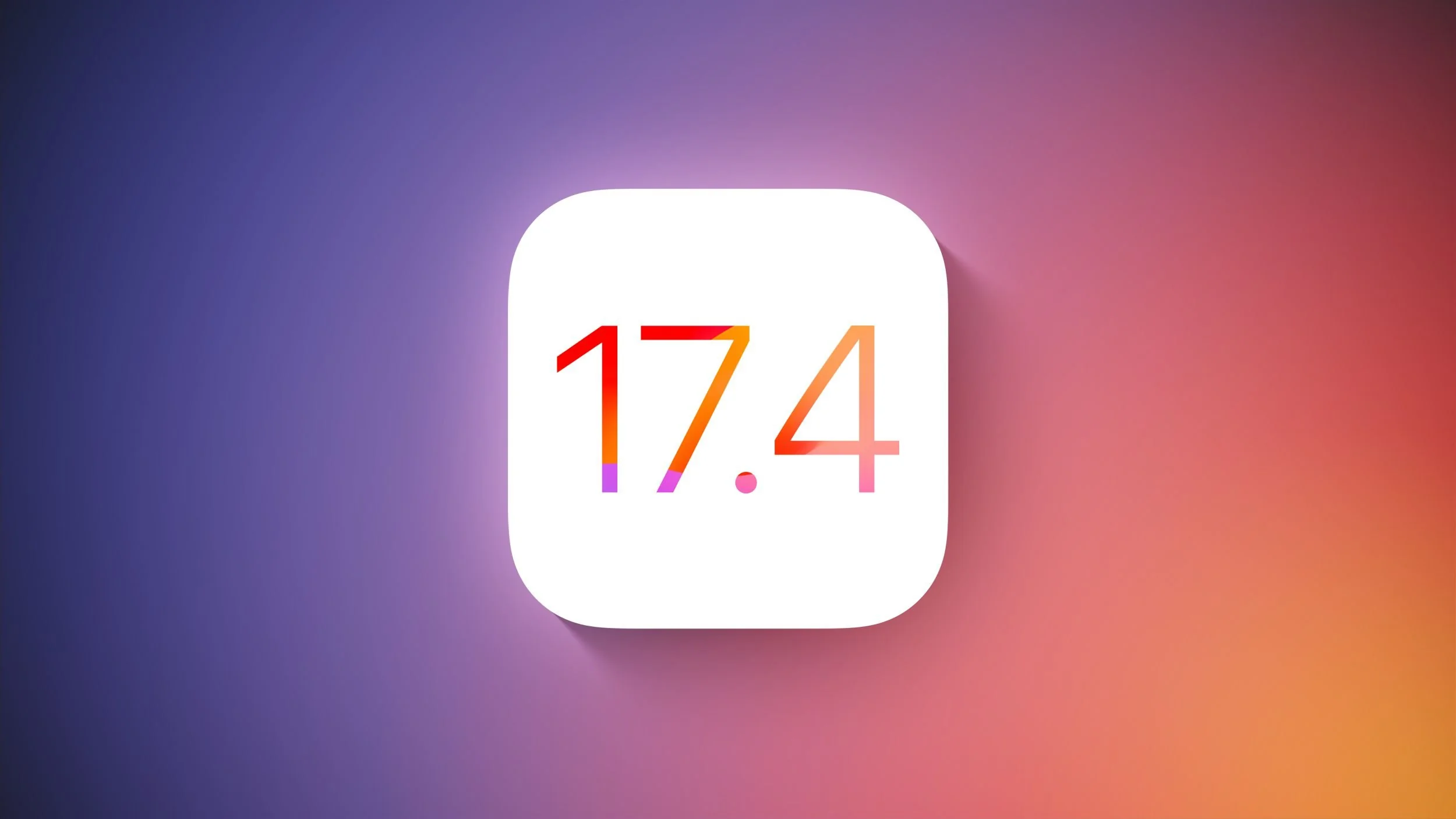In a pivotal move that has sent ripples across the tech community in Europe, Apple has confirmed that the upcoming iOS 17.4 update will usher in a significant change for iPhone users in the European Union. This change, centered around the functionality of home screen web apps, marks a compliance effort with the European Union’s Digital Markets Act (DMA), a legislation designed to promote fair competition and curb the monopolistic practices of tech giants.
Key Highlights:
- Implementation of iOS 17.4 Beta: The beta release of iOS 17.4 has led to the deactivation of Progressive Web Apps (PWAs) support for users within the EU, preventing these applications from being installed and run directly from the iPhone’s home screen.
- Developer Reactions and Technical Implications: Developers, upon noticing these changes, have shared their apprehension and confusion. The community is abuzz with speculation, considering it a bold move by Apple to adhere to the DMA’s stringent regulations, potentially at the expense of the web app ecosystem on iOS.
- Apple’s Strategy and DMA Compliance: The adjustments in iOS 17.4 reflect Apple’s strategy to align with the DMA’s requirements, which among other stipulations, mandates that tech companies allow for alternative app stores and browser engines on their platforms.

Detailed Analysis and Industry Perspectives:
The decision by Apple to modify the functionality of web apps in the EU is seen by many as a direct response to the Digital Markets Act’s push for greater competition and interoperability among tech platforms. This legislative move by the EU aims to dismantle the walled gardens that have long been criticized in the tech industry. Developers and industry analysts have voiced their concerns and hopes regarding these changes. Some believe this could lead to a more open and competitive ecosystem, while others fear it might hinder the seamless user experience Apple is known for.
Experts argue that the removal of PWA support might be a temporary measure as Apple explores ways to comply with the DMA without significantly degrading the user experience. There is anticipation for a potential workaround or alternative solution that could reintroduce web app functionalities in a manner consistent with the new regulations.
In-Depth Reactions and Future Speculations:
The developer community has reacted to Apple’s announcement with a mix of surprise, concern, and speculation. Initial reactions suggest a perception of this move as a drastic but necessary compliance measure. However, there’s hope that this could be a placeholder for a yet-to-be-announced API or system that could bring back PWA functionality without compromising security or user experience. The broader implications for the web on iOS devices, and how Apple plans to support web technologies moving forward, remain a subject of intense discussion and speculation.
Conclusion:
Apple’s latest update is more than a mere technical adjustment; it’s a significant pivot in response to Europe’s evolving regulatory landscape. While the immediate impact on PWAs is clear, the long-term implications for Apple’s ecosystem, developer opportunities, and the broader push for digital market fairness in the EU are yet to be fully understood. As Apple navigates these regulatory waters, the balance it strikes between compliance, innovation, and user experience will be critical. This situation underscores the complex interplay between regulation, technology, and market dynamics in the digital age.


















